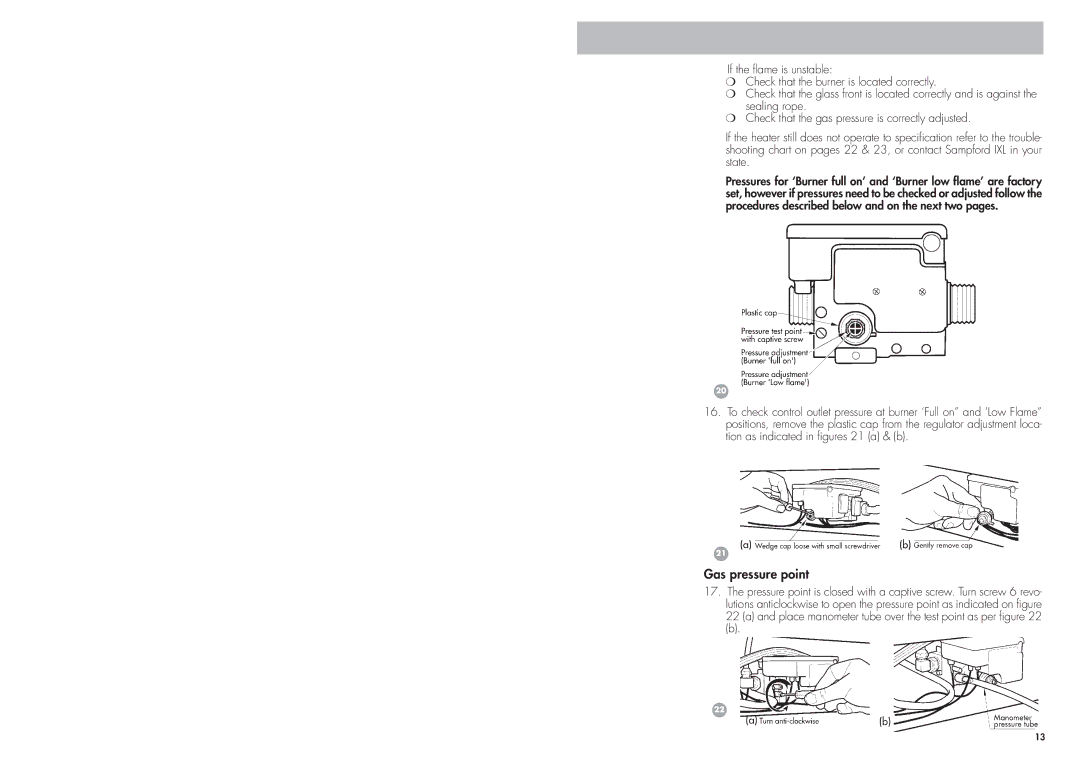CANTFS-03-NG, CANTFS-03-LP specifications
The Cannon CANTFS-03-LP and CANTFS-03-NG are cutting-edge products designed to enhance the performance and efficiency of various applications in the industrial and commercial sectors. These high-performance devices bring together advanced technologies and innovative design, setting a new benchmark in their category.One of the key features of both models is their robust construction, ensuring durability and reliability even in the most challenging environments. The CANTFS-03 series is engineered with premium materials that resist wear and corrosion, making them ideal for long-term use in demanding operational settings.
In terms of performance, the CANTFS-03-LP model excels in low-pressure applications, offering precision and control that can greatly improve process efficiency. Its advanced flow technology minimizes losses, ensuring optimal output without sacrificing safety. Meanwhile, the CANTFS-03-NG version is designed for high-pressure environments, providing superior strength and stability. This model utilizes enhanced sealing technology, which allows it to maintain integrity under even the most strenuous conditions.
Another distinguishing characteristic of the CANTFS-03 series is its user-friendly interface. The devices come equipped with intuitive controls that allow for easy adjustments and monitoring, making them accessible to operators with varying levels of expertise. This focus on usability contributes to reduced training times and increased operational efficiency.
Furthermore, both models incorporate state-of-the-art sensor technology that delivers real-time data on performance metrics. This feature not only streamlines operations but also enables predictive maintenance, significantly reducing downtime. The integration of smart technology allows for seamless connectivity with existing systems, facilitating enhanced data analytics and operational oversight.
Energy efficiency is also at the forefront of the design philosophy behind the CANTFS-03-LP and CANTFS-03-NG. These models are optimized to minimize energy consumption while maximizing output, making them environmentally friendly choices for businesses looking to reduce their carbon footprint.
In summary, the Cannon CANTFS-03-LP and CANTFS-03-NG are exceptional products that integrate durability, performance, and advanced technology. Their robust construction, user-friendly interfaces, real-time monitoring capabilities, and energy efficiency make them ideal solutions for businesses seeking to enhance their operational capabilities. Whether in low-pressure or high-pressure applications, these models stand out as reliable and efficient choices in today's competitive market.

